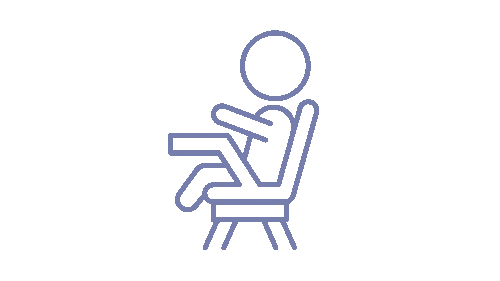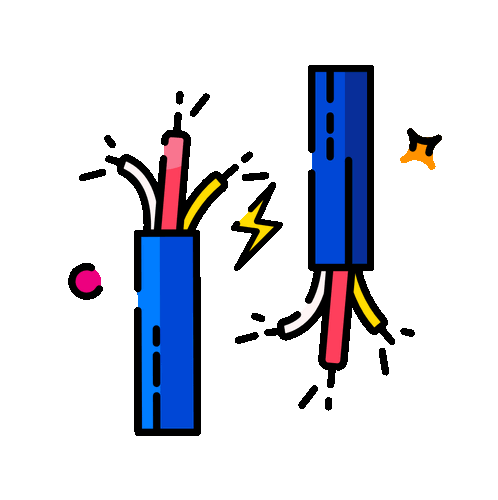Ensuring Compliance with EN 14988 for Market Expansion in Europe
Industry: Retail
Location: Southeast Asia
Product: Childern’s Highchairs
Background
A Southeast Asian manufacturer specializing in freestanding children’s highchairs sought to expand its market reach into Europe. The company had an established presence in its home region but faced regulatory challenges when entering the European market due to strict product safety requirements.
Challenge
To sell their highchairs in Europe, the company needed to ensure compliance with EN 14988, the European safety standard that governs the design, construction, and performance of highchairs. These standards outline safety requirements related to stability, structural integrity, materials, and restraint systems to prevent accidents such as tipping, entrapment, or choking hazards. This European Standard specifies safety requirements for free standing children’s highchairs that elevate children to dining table height usually for the purposes of feeding or eating.
Solution
The manufacturer identified Regunova software as a potential solution to their market expansion problem. Regunova AI ease of use, rapid-time-to value and ability to instantly assess compliance risks, generate reports, and ensure adherence to global standards made it a right choice to evaluate their construction requirements met these European safety standards. Regunova Agentic AI performed a gap analysis to compare the existing highchair design against EN 14988 requirements. The model verified that the design requirements were adhering to the specific safety criteria outlined in the EN 14988 standard, including aspects like seat and backrest dimensions, stability requirements, construction materials and restraint system design.
Outcome
After the highchair successfully passed the initial compliance test, the manufacturer partnered with an accredited testing laboratory to conduct various assessments to ensure full compliance with the standard. Once all required tests were passed and the necessary documentation submitted, the manufacturer applied the CE marking to the product, signifying its adherence to European safety standards.
Enhanced ease of certification with ensured regulatory compliance
Industry: Wire & Cable
Location: Europe
Products: Electrical Cables,
Communication Cables
Background
A Southeast Asian manufacturer specializing in freestanding children’s highchairs sought to expand its market reach into Europe. The company had an established presence in its home region but faced regulatory challenges when entering the European market due to strict product safety requirements.
Challenge
To sell their highchairs in Europe, the company needed to ensure compliance with EN 14988, the European safety standard that governs the design, construction, and performance of highchairs. These standards outline safety requirements related to stability, structural integrity, materials, and restraint systems to prevent accidents such as tipping, entrapment, or choking hazards. This European Standard specifies safety requirements for free standing children’s highchairs that elevate children to dining table height usually for the purposes of feeding or eating.
Solution
The manufacturer identified Regunova software as a potential solution to their market expansion problem. Regunova AI ease of use, rapid-time-to value and ability to instantly assess compliance risks, generate reports, and ensure adherence to global standards made it a right choice to evaluate their construction requirements met these European safety standards. Regunova Agentic AI performed a gap analysis to compare the existing highchair design against EN 14988 requirements. The model verified that the design requirements were adhering to the specific safety criteria outlined in the EN 14988 standard, including aspects like seat and backrest dimensions, stability requirements, construction materials and restraint system design.
Outcome
After the highchair successfully passed the initial compliance test, the manufacturer partnered with an accredited testing laboratory to conduct various assessments to ensure full compliance with the standard. Once all required tests were passed and the necessary documentation submitted, the manufacturer applied the CE marking to the product, signifying its adherence to European safety standards.

